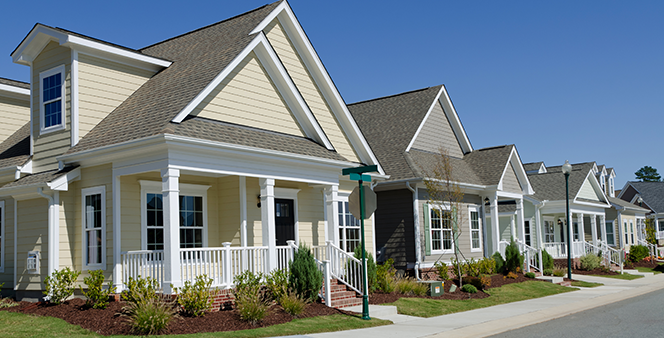Residential and Commercial Energy Efficiency Tax Incentives

Residential and Commercial Energy Efficiency Tax Incentives
Three primary tax incentives have historically driven energy efficiency improvements in buildings – 179D, 25C and 45L. However, these tax incentives expired on December 31, 2017, after being retroactively renewed in the Bipartisan Budget Act of 2018 for 2017 only, leaving the U.S. tax code without meaningful, forward-looking incentives aimed at encouraging energy efficiency.
By encouraging efficiency projects in homes and buildings across the country, these incentives stimulate economic activity and job creation in a variety of sectors, particularly in the construction industry and in the manufacturing of high-efficiency equipment and components. Encouraging efficiency in the built environment is also particularly important because of the long life of most homes and buildings. Buildings account for about 40 percent of U.S. energy consumption, and these incentives significantly reduce energy consumption in the built environment for decades to come.
Residential Energy Efficiency Tax Credits
Sec. 25C Nonbusiness Energy Property Credit for existing homes provided a 10 percent tax credit for the purchase of certain nonbusiness energy-efficient measures up to $500, providing an incentive for homeowners to choose energy-efficient products over less expensive and less efficient alternatives. In 2015, more than $1.6 billion in tax credits were claimed by homeowners who invested in clean energy improvements, with over two-thirds of the benefits going to households with gross incomes under $100,000. In a report on the budgetary effects of retroactive authorization of tax extenders, the Joint Committee on Taxation estimates $533 million in Sec. 25C credits would be claimed.
Conversely, extending this tax credit for 10 years would have significant impacts: an average increase of sales for eligible equipment by 54 percent and an overall reduction in household energy bills by $13.1 billion, according to a recent DOE analysis. The full impact of the incentive is likely higher because the analysis looked only at five categories of equipment: central air conditioners, natural gas water heaters, electric water heaters, electric heat pumps and natural gas furnaces.
Sec. 45L Energy Efficient Home Credit provided builders up to $2,000 for homes that use 50 percent less energy for heating and cooling and a $1,000 tax credit for new manufactured homes that achieve 30 percent energy savings for heating and cooling or meet ENERGY STAR requirements. Since the 45L credit was enacted in 2005, the number of homes that qualified by using 30-50 percent less energy for heating and cooling jumped from less than one percent to about 11 percent.
Commercial Energy Efficiency Tax Deduction
Sec. 179D Energy Efficient Commercial Building Tax Deduction promoted energy efficiency in commercial and multifamily buildings, which account for more than 20 percent of energy consumption in the United States. It offered an above-the-line deduction up to $1.80 per square foot for energy efficiency improvements to lighting, heating, cooling, ventilation, hot water systems and the building envelope. A recent analysis by Regional Economic Models, Inc. estimates that renewing the tax deduction would create 40,000 to 77,000 new design and construction jobs annually and contribute nearly $7.4 billion to annual GDP.
STAY EMPOWERED
Help the Alliance advocate for policies to use energy more efficiently – supporting job creation, reduced emissions, and lower costs. Contact your member of Congress.
Energy efficiency is smart, nonpartisan, and practical. So are we. Our strength comes from an unparalleled group of Alliance Associates working collaboratively under the Alliance umbrella to pave the way for energy efficiency gains.
The power of efficiency is in your hands. Supporting the Alliance means supporting a vision for using energy more productively to achieve economic growth, a cleaner environment, and greater energy security, affordability, and reliability.



